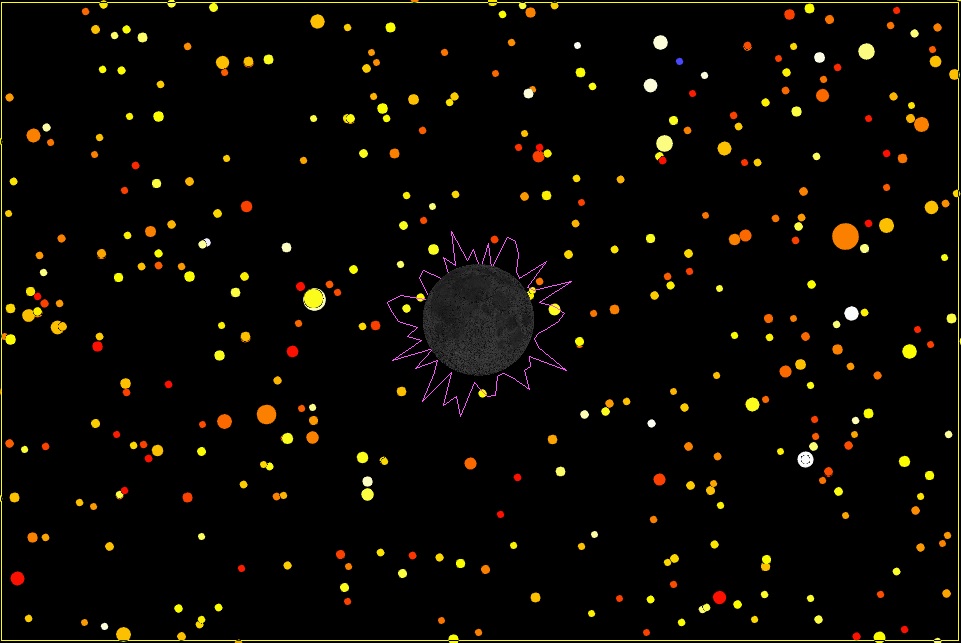
Do-It-Yourself Relativity Test
Prove that Einstein’s general theory of relativity really is correct!
More Information
The 2017 total solar eclipse provided the first successful measurement of gravitational deflection due to the Sun’s mass, since 1973. That eclipse was only 2 minutes long, but provided the most accurate deflections ever recorded by a telescope on Earth. In 2024, an even better opportunity arises, and I am helping others make the most of it.
The 2024 eclipse is more than twice as long, so with the same telescope, twice as many photons can be collected. In 2017, half of the time was spent taking calibration images. If a larger field of view camera is used, then the calibration can be done using stars further from the Sun. This also doubles the data collection. If the camera uses a full-frame (35mm) sensor, this captures an area 5.3 times larger, assuming the same telescope uses a field flattener with 0.8x reduction. In addition, the new CMOS cameras have a small overhead time, so the collection efficiency is doubled. Since there will be no need to take a series of shorter images to collect stars close to the limb, this adds another 20% improvement. When all of these improvements are combined, the 2024 eclipse should collect 50 times more starlight! The limiting magnitude should be about 2.4 magnitudes dimmer, or a total of over 400 stars, compared to the 20 stars measured in 2017. The gravitational deflection coefficient might be four times better, or less than a 1% error. The initial plan is to set up 10 telescopes, reducing the uncertainty by another factor of 3. This would be the best measurement until the eclipses of 2027. An educational grant is being investigated to provide funding for equipment and travel.
Ticket Required: No
Minimum Age: 13
Languages: English
